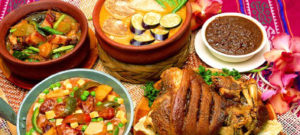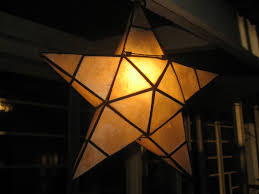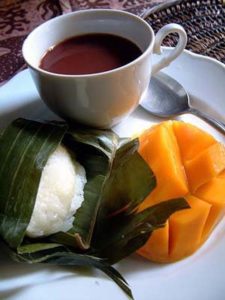When you hear “Christmas”, what’s the first thing that comes to your mind? Santa? Gifts? Or the varied expenses you’ll have to make?
Kidding aside, Christmas here in the Philippines is “different”. As they say, Christmas in the Philippines is warmer, because we believe it is well spent with people close to our hearts; family and friends. In addition, Christmas here is brighter, with the colorful “parol” hanged in every home and on the streets, and the various contests on the best “belen” display.
Filipinos have earned the distinction of spending the longest Christmas in the world― from September to January the next year. It’s safe to say that we live by the Christmas spirit the whole year round, with a mix of influence from Western culture.
And so because it’s already Christmas for us, did you know that there are stories behind our favorite Christmas symbols? Read on to know about some of them.
Noche Buena
Nochebuena means “Good Night” in Spanish and refers to Christmas Eve. For Spanish-influenced cultures, Noche Buena is the term referring to having dinner with the family during Christmas Eve. Usually, Noche Buena features lechon or roast pork, with wine or liquor served all throughout the course of the meal.
Here in the Philippines, Noche Buena is a pre-dawn celebration for Christmas, after the “Simbang Gabi” or night mass. A typical Filipino family usually serves sweet-style spaghetti, fruit salad, barbecue, leche flan, ham and quezo de bola on their table. Best of all, noche buena in the Philippines is great because of the great company that you have; the feast of food is sometimes just an added bonus.
Christmas Lantern or “Parol”
Parol comes from the Spanish word “farol”, which means lantern. These are hanged on the streets and in front of the houses, symbolizing the northern star during Jesus’ birth, hence its typical star shape. Although, parol comes in many shapes and sizes, even taking the form of an animal.
During the Spanish colonization, parols served as practical illumination, as public lighting is not that visible on the streets. These days parols are sold, unlike before, when making one is a family pride. Numerous villages, provinces, schools and groups hold lantern making competitions and there’s one contest that has become a tourist destination in the Philippines. It’s the Giant Lantern Festival in Pampanga held annually so make sure you visit it one of these years.
Puto Maya, Sikwate, and Mango combination
This combination is heaven for Simbang Gabi goers, specifically in Cebu. The cold feeling at dawn can be eased with a warm cup of sikwate (coco drink). Sikwate is Cebu’s version of hot chocolate, made from tableya de cacao or tablets of cacao.
When you are feeling hungry, puto maya can fill your tummy. Puto maya in Cebu is steamed sticky rice which is gradually mixed with coconut milk while being cooked, and then wrapped in banana leaves. Lastly, the sweet taste of mangoes locks in all of the flavors.
What’s more to love about this combination is that it is budget-friendly. As many would say, one’s Simbang Gabi is not complete without getting a taste of this combo.
Christmas Caroling: Kasadya Ning Takna-a
You’ll know it’s almost Christmas when carolers come flocking at your doorstep. Typically, families would give money or candies.
One popular Christmas carol in Cebuano is titled “Kasadya Ning Takna-a”, when translated in English it means “How Joyful Is This Season”. Little did we know, behind the happy aura of the song is a sad story behind its composer, Vicente Rubi. Vicente agreed to sell this song to Mareco Recording Company in Manila in 1950, with an agreement that he will be paid three centavos for every record sold. The song sold 62,812 records from 1966-1975 or a total of P1,994.63. But he only got P110.25 in 1967 as an initial payment; not even a tenth of what he is supposed to get. In the company’s defense, the couple transferred residency twice; forbidding the company to hand in the full payment. The family raised the issue in court and won the case in 1988. Unfortunately, Vicente did not get to taste this victory as he died of prostate cancer in 1980.
“Kasadya Ning Takna-a” is just one of the hundreds of songs Vicente has composed. His wife considers his compositions as the family’s treasure.
These are just some of the stories we might not have heard of. This Christmas season, let’s all make happy memories and remarkable stories with the ones we love. No matter what kind of challenges life may bring, let the Christmas spirit get into you and serve as one of your pillars of strength in surpassing all of life’s challenges.




